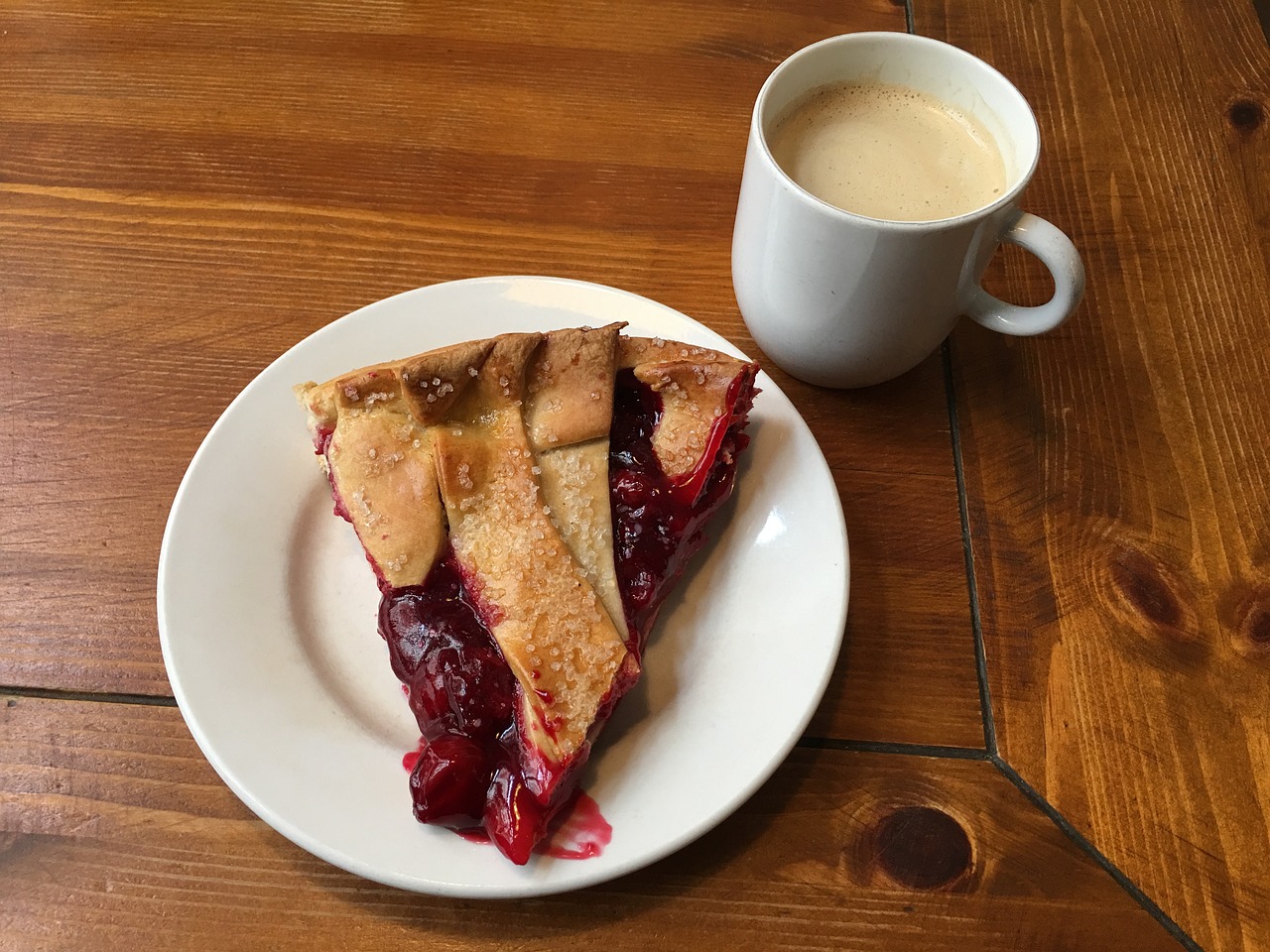What do ‘Limburgse vlaai’, ‘Jambon d’Ardenne’ en ‘Gouda Holland’ have in common?
Do you want a truly authentic piece of Limburgse vlaai (a type of pie from the Dutch province of Limburg)? Starting from January 22, it will only be made in the province, both in the Netherlands and Belgium. This beloved delicacy has been officially recognized by the European Union, making it a protected regional product. What does this protection entail? How is it enforced? Sarah Schoenmaekers has the answers to these questions.
Schoenmaekers is an associate professor of European law at the Faculty of Law at Maastricht University. In addition, she holds the position of professor of construction law at UHasselt and holds a special chair in European law at the Open University, where she occupies the chair 'European law, the culturally corrected market economy’.
European regulation 1151/2012
That is where she connects to the current affairs about ‘Limburgse vlaai’. “From this chair, I research the link between European economic law and the cultural aspects in the broadest sense”, says Schoenmaekers. “Adding ‘Limburgse vlaai’ to the registry of protected geographical indications (PGI) demonstrates that it belongs to the cultural and gastronomic heritage, not only of Limburg, but also of the European Union.”
Alongside ‘Limburgse vlaai’, other names are listed as PGI’s such as ‘Jambon d’Ardenne, ‘Gouda Holland’ and ‘Turrón de Alicante’. "In European Regulation 1151/2012, quality schemes for agricultural products and foodstuffs are established. These rules are designed to ensure that, among other things, consumer information about value-adding characteristics is reliable, and intellectual property rights are respected”, explains Schoenmaekers. The PGI label specifically safeguards the place, region, or country to which the product owes its quality and recognition. Schoenmaekers continues: "In the case of 'Limburgse vlaai,' there is a geographical connection to the region, as the recipe originates from local Limburg traditions and was developed on Limburg farms."
Everyone on the same page
In the case of 'Limburgse vlaai,' it took 7.5 years to get everyone on the same page and for the recognition to be granted. A significant amount of paperwork and discussions precede this, after which the European Commission reviews the application. Belgian and Dutch applicants had to provide historical evidence demonstrating that the product has traditionally been made in the region. Since there are twenty different types of 'Limburgse vlaai,' each variant was provided with its own file containing all the rules, from the thickness of the crust to the composition of the filling.
On October 3, 2023, the application for the registration of the name 'Limburgse vlaai' appeared in the Official Journal of the European Union, the place where all official (legal) acts of the EU are announced. Schoenmaekers: “The European Commission received no objections to this. Therefore, it published the Implementing Regulation on January 16.” On January 22nd, the Dutch minister of Agriculture, Nature and Food Quality Piet Adema and his Belgian colleague Jo Brouns officially granted the PGI-label to the ‘Limburgse vlaai’.
Protected against counterfeiting
After the protection is granted, the corresponding symbols of the EU must be placed on the labelling. “In addition, the registered name must be clearly visible on the label”, says Schoenmaekers. “The registration application also states that all producers meeting the requirements of the product dossier use the common label. For unpackaged pies, the EU logo should be in the immediate vicinity of the product."
“Registered names are protected against any commercial use by products not covered by the registration, even if those products are similar”, explains Schoenmaekers. “This includes misuse, counterfeiting, or other misleading indications regarding the origin on packaging or advertising material.” Each member state of the European Union must take appropriate administrative or legal steps to prevent or terminate such practices. In the Netherlands, for example, the Food and Consumer Product Safety Authority (NVWA) ensures compliance with the rules for 'Limburgse vlaai' and 'Goudse kaas’. In Belgium, this responsibility lies with the Federal Public Service Economy (FOD Economie).
